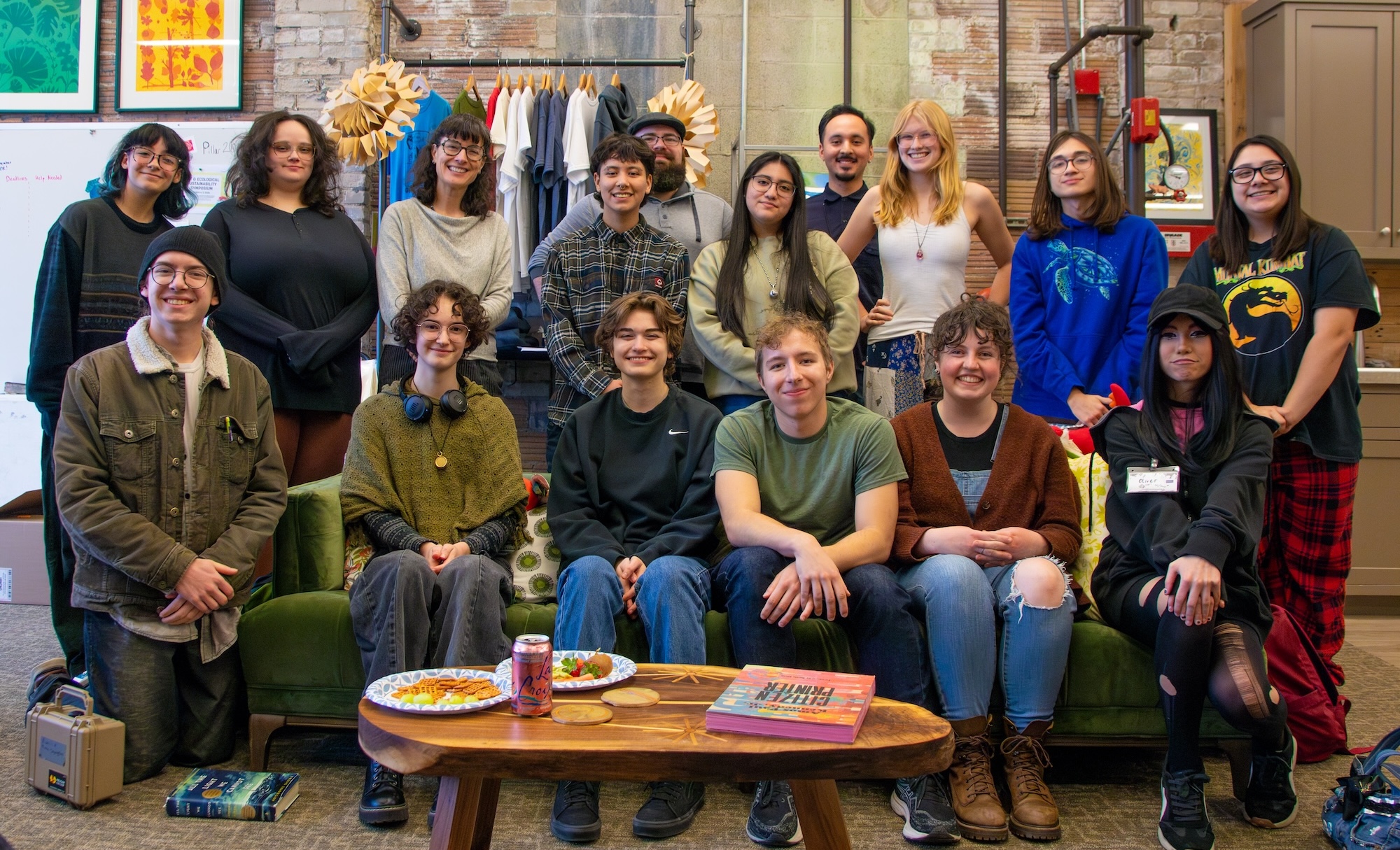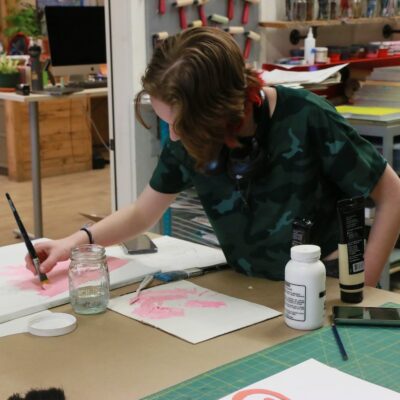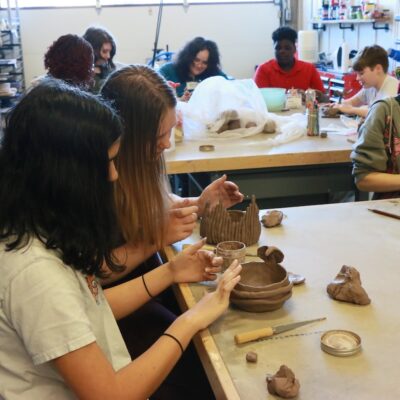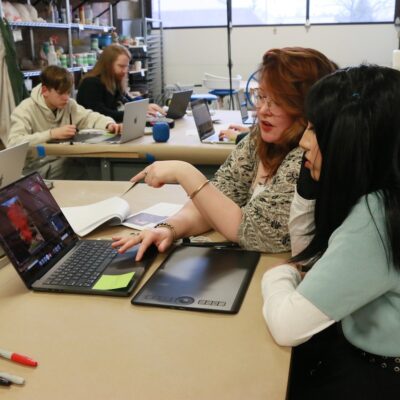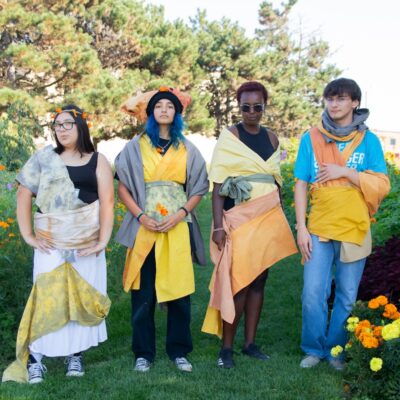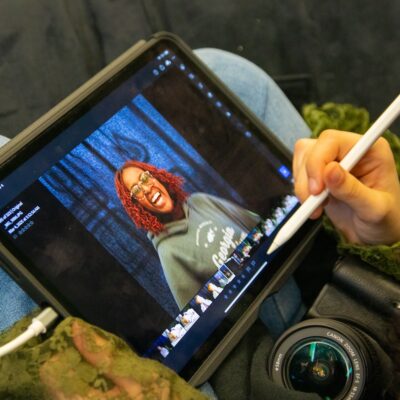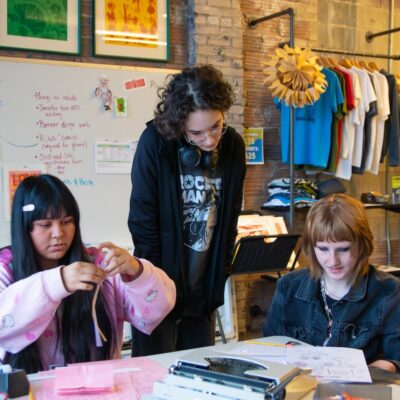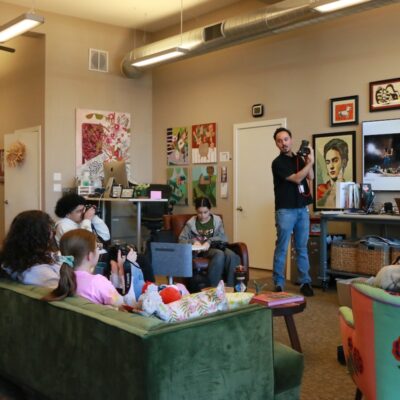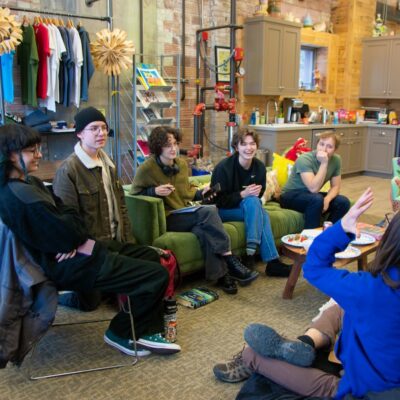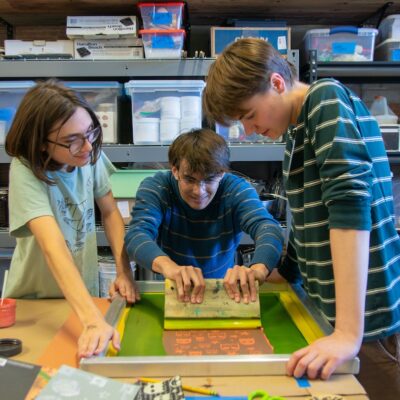Arts and Culture nonprofits and the current political landscape.
Like many nonprofit directors, I’ve spent more time in 2025 thinking and talking about politics than ever before. I’m so grateful to live in Michigan, where bi-partisan cooperation and collaboration are the key to getting anything done, and where, by and large, folks display kindness, respect, and empathy, even when disagreeing about politics and policies.
But, there is mounting anxiety in the nonprofit world right now, due to the speed and scope of executive orders issued by the current administration, with its chainsaw-wood-chipper-style cuts to jobs and funding, and the endless legal battles and on-again/off-again funding freezes. Politics have cast a shadow over and within arts and cultural institutions:
- The President has overhauled the Board of Trustees of the bi-partisan Kennedy Center (arguably the foremost culture-setting institution in America) and installed himself as Chair.
- Hundreds of key words, such as “diversity,” “minority,” “identity,” mental health,” “cultural heritage,” “women,” “advocacy,” “inclusion,” “barriers,” “disabilities,” “ethnicity,” and “underrepresented” have become triggers for funding freezes across all federal agencies. This has a devastating effect on programs and research providing vital, life-saving services and chills free speech.
- The President also disbanded the President’s Committee on the Arts and the Humanities, established in 1982, whose work was grounded in “the fundamental belief that creativity, diversity, and democracy are intrinsically bound, and that the arts and the humanities can be a powerful force for social change.”
- And, the National Endowment for the Arts ended its Challenge America grants, which sought to make the arts more accessible to lower income and underserved communities and is instead focusing all funding for the coming year on projects and initiatives related to the anniversary of the signing of the Declaration of Independence.
In such a precarious time, it is difficult to discern what we can do in this moment, and what plans we can make for the coming fiscal year.
On February 27, I joined 60 nonprofit Arts and Culture leaders in Lansing, for a full day of advocacy at the Capitol, organized by the Cultural Advocacy Network of MI. It was educational and empowering, and I was honored to speak with Senator Roger Victory’s District Director, David Chhum, a graduate of Holland Public Schools. But many legislators were not available for meetings. On March 8, I waited in the queue for an hour to speak with Rep Bill Huizenga during a telephone town hall meeting, but my questions were not taken. So I’m offering some reflections and questions here, as an open letter, in hopes that supporters of CultureWorks might join me in advocating for the students and families who work alongside us as we cultivate creativity and build community.
Open Letter to Michigan Legislators
Senator Roger Victory, Rep. Nancy DeBoer, and Rep. Bill Huizenga, thank you for the ways in which you serve and support our community, and I hope you will consider these questions:
- Will you support and protect federal and state funding for nonprofits in our community who follow well-established, industry-standard best practices, that take into account matters of diversity, equity, inclusion, and accessibility for their constituents?
- Will you support continued funding for the arts and culture sector in Michigan?
Some context:
CultureWorks is a faith-inspired nonprofit providing affordable, accessible art & design programs for teens in the greater Holland area. Our mission is to cultivate creativity, build community, and empower students. We acknowledge the historical lack of diverse representation within nonprofit management, board leadership, and art/design careers, on local and national scales, and we seek to celebrate and equip creative individuals from traditionally underrepresented communities.
We serve a unique microcosm of the community in Ottawa County:
- about 40% of registered students identify as Black, Indigenous, or People of Color
- roughly 50% live at or below the ALICE (Asset Limited Income Constrained Employed) threshold for income and struggle to make ends meet
- roughly 30% identify as LGBTQ+
- and over 70% report ongoing anxiety and depression.
Given our mission and our constituency, we pursue practices and policies related to diversity, equity, inclusion, and accessibility not as a “political narrative,” as Bill Huizenga suggested in his town hall meeting, but because they are well-established best practices (in the fields of education, mental health, youth development, and arts/culture) for doing the work that we do.
Many of the projects, initiatives, and policies at CultureWorks that have led to organizational growth and community-wide impact over the last 15 years have now been framed as “illegal” or “woke” by the current administration. The legality and future funding of programs and initiatives that we are currently under contract with the state of MI to complete are now questionable, at best. We plan to complete this work, and hope that future funding will be renewed.
We are receiving roughly $84,000 in State and Federal funding this year, and our State contacts are not yet able to confirm if there will be funding for the Arts and Culture sector in the coming year, or, if it does exist, what it may be used for. These grants are typically available for application in May-July, so that deadline is quickly approaching.
For some perspective:
💰 MI spends less than $1 per capita on Arts and Culture, whereas OH spends 3x as much, and Minnesota spends $9.62. The midwest regional average (excluding Minnesota) is $1.35 per capita, and the national average is $1.63 per capita.
💰 Until 2008, Michigan allocated about $30M to Arts and Culture, but since that time, it has not reached even half that amount. Last year it was around $12M.
💰 The Arts and Culture sector represent 2.95% of MI GDP and contributes 18.4BILLION to our economy (just under the $23B generated by construction).
💰 MI funded less than half of all proposed needs in arts and culture grants last year, and because of recent Executive Orders, we are facing funding cuts and uncertainties.
Investing in arts and cultural programming is an easy, cost-effective way to enhance living standards, build strong communities, attract businesses, retain talent, and increase tourism. When considering options for where to live or raise a family, people will often consider how a place makes them feel; a thriving arts and culture sector provides opportunities for human connection, personal introspection, and community-wide celebration. It encourages creativity, collaboration, and ingenuity, and cultivates a workforce that is better equipped to solve complex problems with precision and accuracy, because in many cases, chainsaws and wood chippers are not the best tool for the job.
Beyond these social and economic benefits, nearly 15 years of feedback indicates that our programs increase academic success, connect students with longterm career opportunities, and nurture meaningful peer-peer and student-mentor relationships that have transformed and saved lives.
Thank you for your kind consideration of these matters, and I hope to connect with you soon.
~ Emily Christensen




